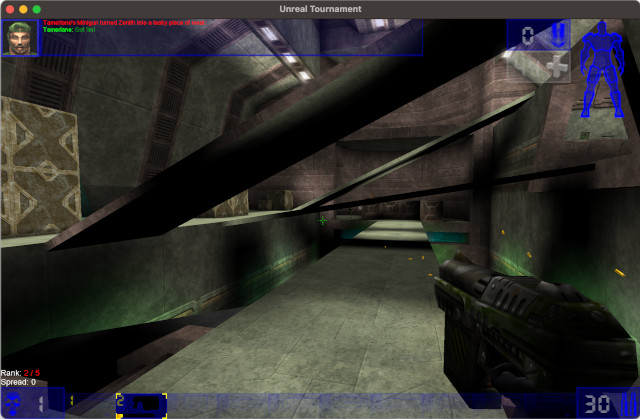Tree sort – binary search tree sort. Time complexity – O(n²). In such a tree, each node has numbers less than the node on the left, more than the node on the right, when coming from the root and printing the values from left to right, we get a sorted list of numbers. Surprising huh?
Consider the binary search tree schema:

Derrick Coetzee (public domain)
Try to manually read the numbers starting from the penultimate left node of the lower left corner, for each node on the left – a node – on the right.
It will turn out like this:
- The penultimate node at the bottom left is 3.
- She has a left branch – 1.
- Take this number (1)
- Next, take the vertex 3 (1, 3) itself
- To the right is branch 6, but it contains branches. Therefore, we read it in the same way.
- Left branch of node 6 number 4 (1, 3, 4)
- Node 6 itself (1, 3, 4, 6)
- Right 7 (1, 3, 4, 6, 7)
- Go up to the root node – 8 (1,3, 4 ,6, 7, 8)
- Print everything on the right by analogy
- Get the final list – 1, 3, 4, 6, 7, 8, 10, 13, 14
To implement the algorithm in code, you need two functions:
- Building a binary search tree
- Printing the binary search tree in the correct order
They assemble a binary search tree in the same way as they read it, a number is attached to each node on the left or right, depending on whether it is less or more.
Lua example:
Node = {value = nil, lhs = nil, rhs = nil}
function Node:new(value, lhs, rhs)
output = {}
setmetatable(output, self)
self.__index = self
output.value = value
output.lhs = lhs
output.rhs = rhs
output.counter = 1
return output
end
function Node:Increment()
self.counter = self.counter + 1
end
function Node:Insert(value)
if self.lhs ~= nil and self.lhs.value > value then
self.lhs:Insert(value)
return
end
if self.rhs ~= nil and self.rhs.value < value then
self.rhs:Insert(value)
return
end
if self.value == value then
self:Increment()
return
elseif self.value > value then
if self.lhs == nil then
self.lhs = Node:new(value, nil, nil)
else
self.lhs:Insert(value)
end
return
else
if self.rhs == nil then
self.rhs = Node:new(value, nil, nil)
else
self.rhs:Insert(value)
end
return
end
end
function Node:InOrder(output)
if self.lhs ~= nil then
output = self.lhs:InOrder(output)
end
output = self:printSelf(output)
if self.rhs ~= nil then
output = self.rhs:InOrder(output)
end
return output
end
function Node:printSelf(output)
for i=0,self.counter-1 do
output = output .. tostring(self.value) .. " "
end
return output
end
function PrintArray(numbers)
output = ""
for i=0,#numbers do
output = output .. tostring(numbers[i]) .. " "
end
print(output)
end
function Treesort(numbers)
rootNode = Node:new(numbers[0], nil, nil)
for i=1,#numbers do
rootNode:Insert(numbers[i])
end
print(rootNode:InOrder(""))
end
numbersCount = 10
maxNumber = 9
numbers = {}
for i=0,numbersCount-1 do
numbers[i] = math.random(0, maxNumber)
end
PrintArray(numbers)
Treesort(numbers)
An important nuance is that for numbers that are equal to the vertex, a lot of interesting mechanisms for hooking to the node have been invented, but I just added a counter to the vertex class, when printing, the numbers are returned by the counter.
Links
https://gitlab.com/demensdeum /algorithms/-/tree/master/sortAlgorithms/treesort
References
TreeSort Algorithm Explained and Implemented with Examples in Java | Sorting Algorithms | Geekific – YouTube
Tree sort – YouTube
Convert Sorted Array to Binary Search Tree (LeetCode 108. Algorithm Explained) – YouTube
Sorting algorithms/Tree sort on a linked list – Rosetta Code
Tree Sort – GeeksforGeeks
Tree sort – Wikipedia
How to handle duplicates in Binary Search Tree? – GeeksforGeeks
Tree Sort | GeeksforGeeks – YouTube

